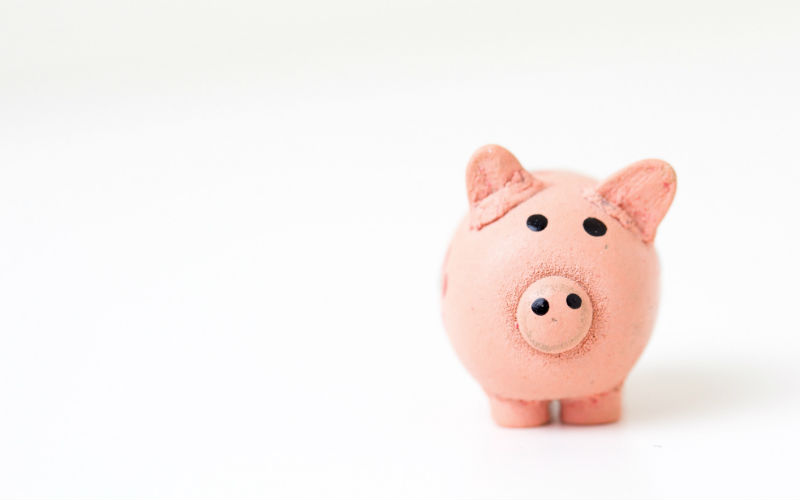As of 15 January, the Aussie dollar buys just $0.62 USD, down more than 10% from September.
It's the weakest the AUD has been since early 2020, and further depreciation could see it drop below $0.60 USD for only the second time since 2003.
One Aussie dollar also currently buys €0.60 (Euro cents) and £0.51 (British pence), both of which are below the previous five year average.
While a low dollar is good news for exporters, it means Aussies buying from abroad can expect to pay more - including holidays to the US or Europe.
Ben Kingsley, co-founder of money management platform Moorr, says he expects the AUD to drop further this year and is advising clients planning an overseas trip to budget at least 10% extra.
"Off the back of import tariffs and tax cuts spruiked by Donald Trump in the lead up to his election win, it's clear that foreign exchange markets, view these policies as inflationary, which in turn will pressure the US Fed to lift interest rates," he told Savings.com.au
"Such a move then attracts demand for US dollars chasing higher yields, which pushes the US dollar against other currencies, such as the Aussie Dollar.
"[The AUD] has also fallen against other major currencies, which also happen to be popular holiday destinations."
Read more: What a weak AUD means for your hip pocket
Where is the AUD strongest?
It's important to remember that just because the AUD is weak against one currency does not necessarily mean it's weak across the board.
Exchange rates are simply a measure of supply/demand between the two currencies - the AUD depreciating against the USD means there is an increase in demand for US dollars from those holding Aussie currency.
However, the cause of depreciation against one currency is often the same reason it depreciates against another.
For example, high (relative) interest rates tend to improve local currency, since interest yielding assets have a higher return and thus there's increased demand from institutional investors.
If/when the RBA cash rate gets cut, it means interest rates around the world become relatively higher compared to Australia, and thus could mean the AUD declines across the board.
Nevertheless, for now the dollar is performing differently against different currencies - here's what to know if you're planning an overseas trip.
| Currency | As of 15 January $1 AUD buys: | Five year average |
|---|---|---|
| Great British Pound | £0.51 | £0.53 |
| US Dollar | $0.62 | $0.68 |
| Euro | €0.60 | €0.62 |
| Canadian Dollar | $0.89 | $0.90 |
| Japanese Yen | ¥98 | ¥92 |
| Indonesian Rupiah | 10,050Rp | 10,339Rp |
| Thai Baht | 21.5฿ | 23฿ |
| Chinese Yuan | 4.5¥ | 4.7¥ |
| South African Rand | 11.7R | 11.7R |
| New Zealand Dollar | $1.1 | $1.09 |
Data from OFX
Of the five most popular destinations for Aussie tourists per the ABS, the AUD is lower than average against the US, Indonesian and British currencies.
The NZ exchange rate remains steady for now, while the dollar is above the long term exchange rate with the Yen.
However, it's still down substantially from July 2024, when $1 bought more than ¥109.
What destinations are getting more expensive?
Exchange rates are only part of the equation if you're figuring out how much your upcoming holiday will set you back.
Inflation remains an issue around the world, and while many countries have been successful in taming price increases, the chances are by the time your trip rolls around goods and services will be more expensive.
Here are the most recent inflation numbers for those top destinations
| Destination | Most recent annual inflation rate |
|---|---|
| Great Britain | 2.60% as of November |
| USA | 2.70% as of November |
| Eurozone | 2.40% as of December |
| Canada | 1.90% as of November |
| Japan | 2.90% as of November |
| Indonesia | 1.57% as of December |
| Thailand | 1.23% as of December |
| China | 0.1% as of December |
| South Africa | 2.90% as of November |
| New Zealand | 2.20% as of September |
Data from respective nation's Statistics Bureaus
Australia's annualised inflation rate is 2.3% as of November while the more comprehensive quarterly figure is an annualised 2.8% as of the September quarter.
Fresh quarterly inflation figures are expected later in the month.
Picture by Joshua Hoehne on Unsplash

Ready, Set, Buy!
Learn everything you need to know about buying property – from choosing the right property and home loan, to the purchasing process, tips to save money and more!
With bonus Q&A sheet and Crossword!



 Hanan Dervisevic
Hanan Dervisevic
 Emma Duffy
Emma Duffy













